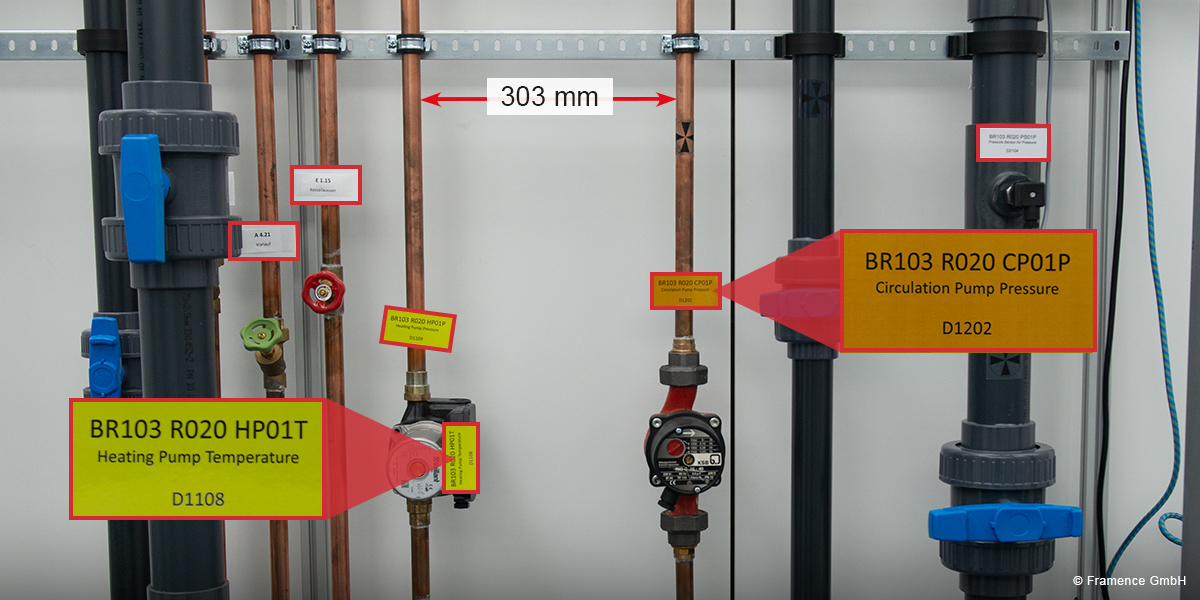A new benchmark has been set in the realm of digital twins – the introduction of photorealistic digital twins. These advanced models boast unparalleled accuracy and intricate details, thanks to the utilization of high-resolution images for their creation. This ensures seamless support for complex operational and management processes. In contrast to conventional techniques like point clouds or mesh models, photorealistic digital twins offer an unprecedented level of precision and detail.
Moreover, they can be effortlessly updated to reflect any changes that occur. Particularly in aiding the support of complex technical facilities or buildings’ operational and management processes, high-resolution images play a pivotal role.
Precision: A Vital Element for Measuring and Modernization Tasks
In today’s technological landscape, businesses spanning diverse industries have harnessed the power of digital twins to replicate tangible objects or processes within virtual environments. However, when it comes to taking precise measurements, such as for renovation or modernization purposes, the incorporation of high-resolution images becomes indispensable. The AI algorithm embedded in the digital twin software meticulously scrutinizes the pixels of the images, which serve as the foundation for creating a lifelike twin, enabling it to accurately ascertain the dimensions of the depicted equipment, components, or technical installations. Since the software takes the pixels as a reference point to take precise measurements, there is no need for complex modeling of the object in question, as is the case with other methods. The resolution directly correlates with the model’s precision and the measurement capabilities it possesses. Essentially, more pixels equate to a higher influx of information for the AI to analyze. Consequently, tasks such as envisioning furnishing scenarios, planning conversion measures, conducting collision checks, and coordinating modernizations can be seamlessly accomplished within a remarkably short timeframe, all from the comfort of one’s desk, without the need for time-consuming modeling.
Depth of Detail: Discerning the Finest Nuances
When it comes to digital twins, their ultimate purpose lies in presenting users with an unparalleled semblance of real-world objects or processes. In this regard, the depth of detail assumes a paramount role. By harnessing the potential of high-resolution images, elaborate textures, vivid colors, and surface structures are distinctly depicted. As a result, digital twins become immersive experiences that seamlessly transport users to the heart of the physical environment. Whether meticulously inspecting a building or discerning the minutest details engraved on a nameplate within an image model, the inclusion of high-resolution images not only breathes life into digital twins but also imbues them with authenticity and profound relevance.
Seamless Update: Using High-Resolution Images to Update the Photorealistic Twin
Just like its tangible counterpart, a digital twin is a dynamic entity that continually evolves alongside its real-world counterpart. Reflecting modifications made to physical objects in the digital twin is paramount to ensure that the image model remains current and pertinent. When it comes to updating the photorealistic twin, high-resolution images prove to be an invaluable asset. All it takes is a simple photograph of the new scenario, such as a recently installed technical installation, captured by the user and uploaded into the software. In most cases, a standard cell phone snapshot suffices. With astute precision, the system intuitively identifies the precise locations where the new image should be seamlessly incorporated, thereby flawlessly updating the twin. It is worth noting that the previous images are not discarded but rather preserved within an integrated timeline. This ingenious feature empowers users to revisit past instances whenever necessary, ensuring an efficient and accurate process of updating the digital twin. Gone are the days of laborious and expensive retakes involving time-consuming laser scanning; high-resolution images are the catalysts driving this sophisticated and cost-effective revolution.
Conclusion
The utilization of high-resolution images is an inescapable necessity for any company seeking to amplify the support of their operational and management processes through digital twins. Taking precise measurements, depth of detail, and effortless updates are pivotal elements made possible by the integration of high-resolution images. From industrial enterprises to the realm of real estate, the inclusion of high-resolution images stands as an imperative prerequisite for the creation of digital twins that not only offer an authentic and purposeful representation of your assets and structures but also impeccably bolster your operational and management processes.
Our team at Framence possesses the unrivaled ability to swiftly craft photorealistic digital twins from high-resolution images. Should you desire to harness the full potential of a digital twin to optimize the support for your operational and management processes, shoot us an email. Allow our dedicated experts to collaborate with you in developing a solution tailored precisely to your unique use case.








